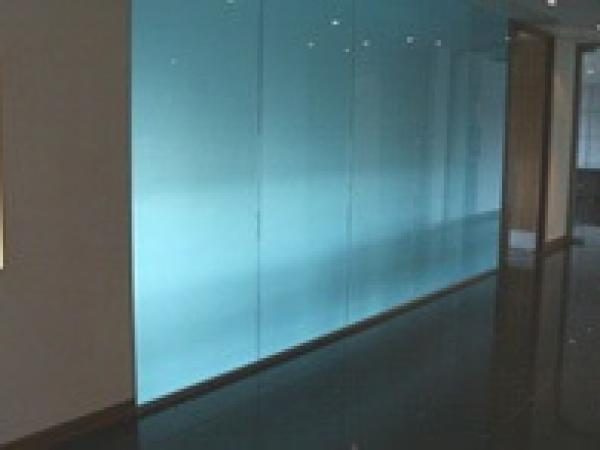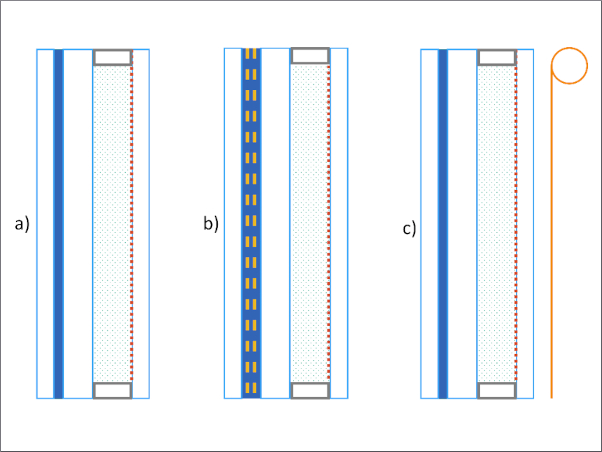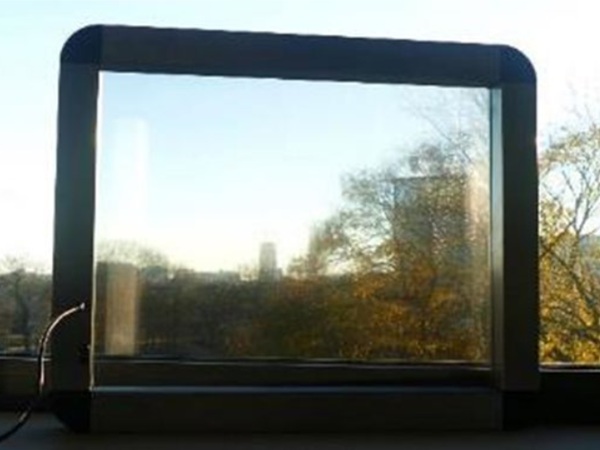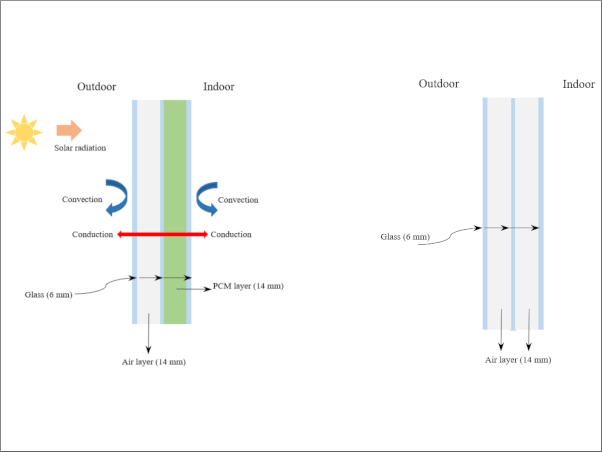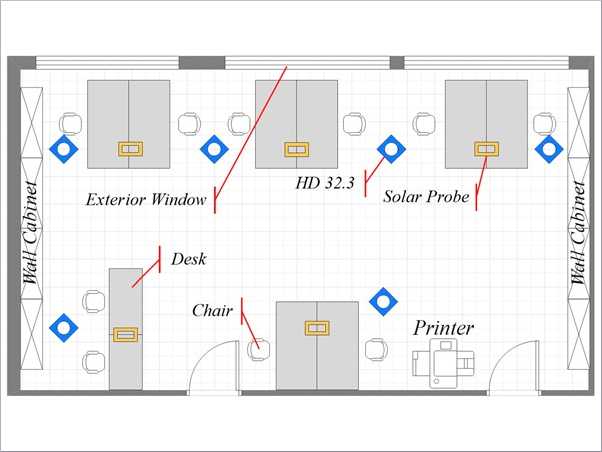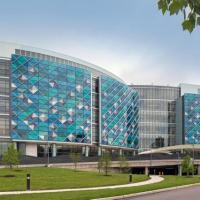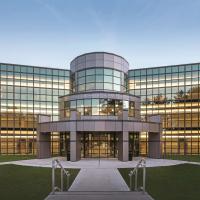As far as residential applications, liquid crystal glazing gives a “wow” factor and enhance domestic images: they can produce comfortable lighting as well as eye-catching special effects. They are also ideal for hiding precious items to be viewed only by a select audience.
Architects and interior designers particularly like their aesthetically pleasing features. Finding these smart glasses in shops or in very glam restaurants is not so uncommon: they can easily turn a shop front into an amazing advertising medium.
Apart from these aesthetic features, liquid crystal glass also has many benefits:
• Excellent soundproofing qualities and low electric consumption make them e-friendly.
• They can be single or double glazed, including low-e glass, resulting in improved thermal performance and reduced solar heat gain.
• Toughened laminate construction offers added security and protection against theft.
.png)

Liquid crystal glazing: how it works
Privacy glass uses a film of liquid crystals sandwiched between two panes of glass. When a small amount of electricity is applied, the molecules align and the glass is clear. When the power is switched off, the molecules assume a random orientation; this scatters the light and results in the glass becoming cloudy or frosted.
All it takes is a simple electrical switch to make the transition from clear to translucent. It allows you to see through it one moment, and then it shields you the next. It’s as easy as turning the lights on.


